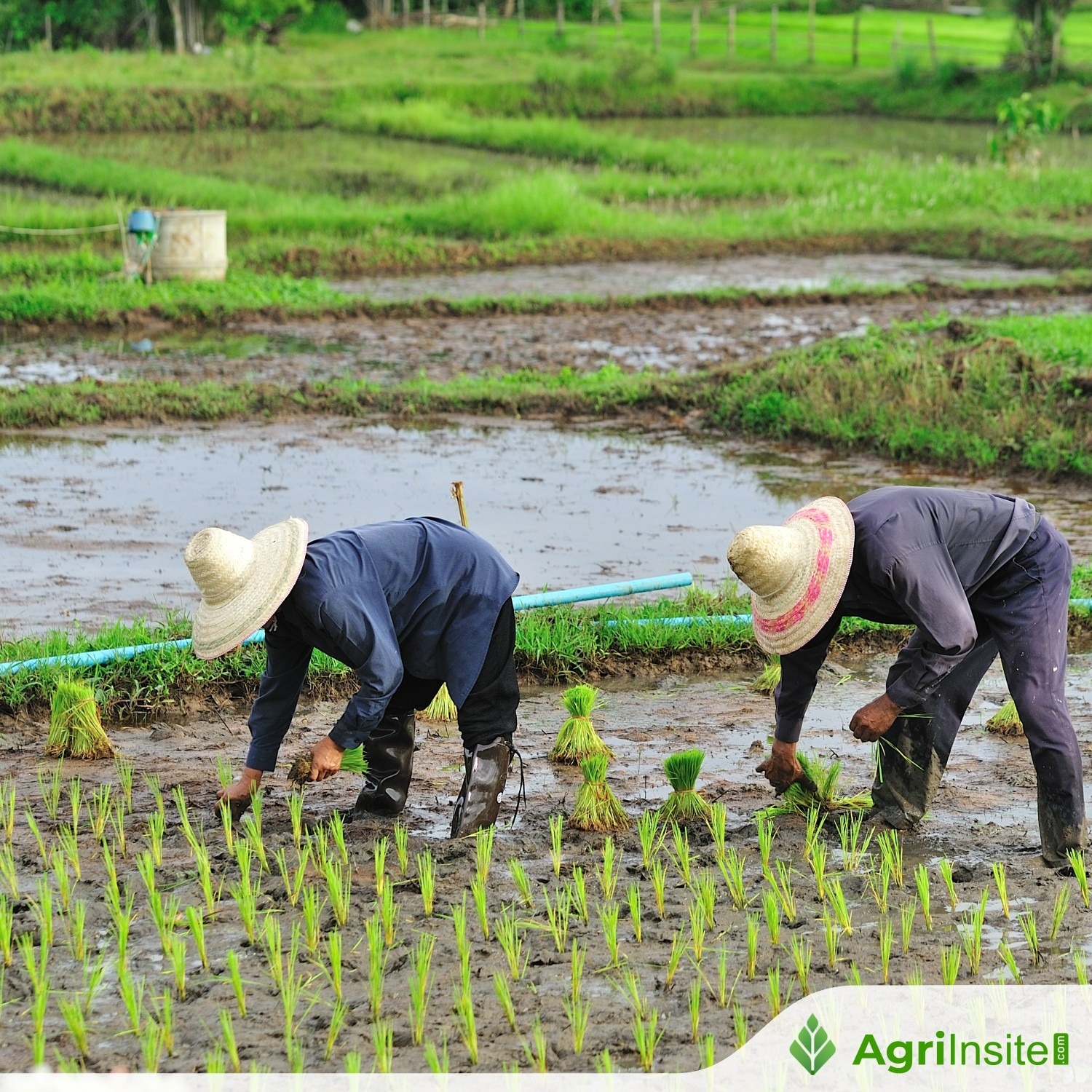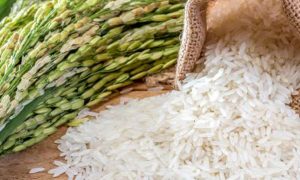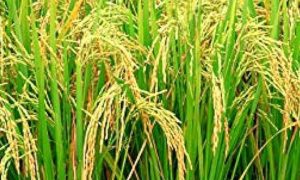Inter-cropping of floriculture with rice to boost farmers’ income

The survey finds floriculture in rice-based sequences more profitable than other intercropping patterns. As a growing export-driven sector, it urges diversification from overproduced, resource-intensive crops to climate-resilient farming. Policy support, R&D, and market access are key to sustaining India’s agricultural growth, enhancing productivity, and ensuring food security while reducing reliance on imports.
The survey has noted that growing flowers in rice-based crop sequences gave higher net returns than other intercropping patterns such as rice-soybean, rice-bell pepper, rice-fodder maize, rice-cowpea and rice-radish.
For promotion of floriculture,which has evolved into a key commercial venture within agriculture, the survey has stated that inter-cropping flowers are more profitable compared to the options of cereals, pulses, vegetables and oilseeds.
It noted that with subsidy support and crop loan financing, the floriculture is a promising venture for marginal and small landholdings, which constitute more than 96% of the total landholdings and 63% of the area of cultivation under floriculture
The country’s floriculture industry has grown into a high-performing sector, earning its status as a ‘sunrise industry’ with a 100% export orientation, according to the Survey.
Entrepreneurs across states – Tamil Nadu, Karnataka, Madhya Pradesh, West Bengal, Uttar Pradesh and Maharashtra have capitalized on this opportunity, establishing sophisticated export-oriented floriculture units, the Survey has noted.
The increasing significance of allied sectors, such as animal husbandry, dairying, and fisheries, underscores the importance of diversification in activities and sources of income for boosting their income levels and building resilience.
“By tapping into these complementary sectors, farmers can create additional streams of revenue that can buffer them against the inherent volatility of traditional crop production,” according to the Survey.
The survey also stressed the need to encourage farmers to shift away from overproduced crops that deplete water resources and consume excessive electricity, adding that these reforms will help enhance land and labor productivity in the agriculture sector.
“They need the right policies that nudge them away from impairing their soil fertility with an unbalanced application of fertilisers and from producing already overproduced crops, which deplete India’s water resources and use up electricity excessively,” it stated.
According to it, maintaining a stable agricultural growth rate of around 5% and a 20% share in India’s gross value added (GVA) could contribute 1% growth to GVA which would help absorb surplus labor while boosting output per worker and per hectare.
The agriculture sector in India has shown robust growth, averaging 5% annually from FY17 to FY23, demonstrating resilience despite challenges, it noted.
The survey also noted that the ‘agriculture and allied activities sector currently contributes around 16% of country’s GDP for the 2023-24 (provisional estimates) at current prices.
The Survey in its forecast projected further expansion of agro-based entrepreneurship, enabling India to achieve self-sufficiency in food security while also contributing to global food supply.
It has observed that the right set of policies across all levels of government can reduce the overproduction of cereals and address the underproduction of pulses and edible oil. India imports about 58% and 15% of its annual edible oils and pulses consumption.
It emphasised that Indian farmers should have access to unrestricted market price signals while ensuring mechanisms are in place to shield deserving households from cost-of-living impacts for limited periods.
The Survey has stated that promoting agricultural production patterns and practices that align with the specific agro-climatic conditions and natural resource availabilities of different regions across the country is vital.
“Investment in research and development, especially on climate-resistant varieties, improved agriculture practices, diversification to high yield and climate-resilient crops, and micro-irrigation, can yield sustainable long-term benefits,” according to the Survey.
To read more about Rice News continue reading Agriinsite.com
Source : Financial Express














